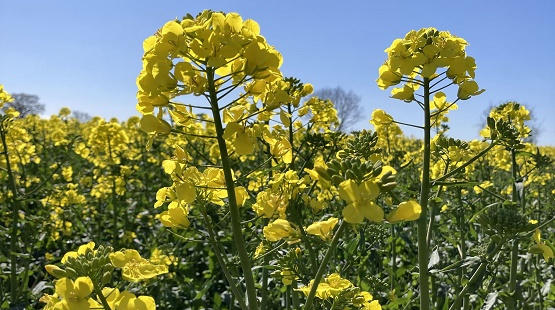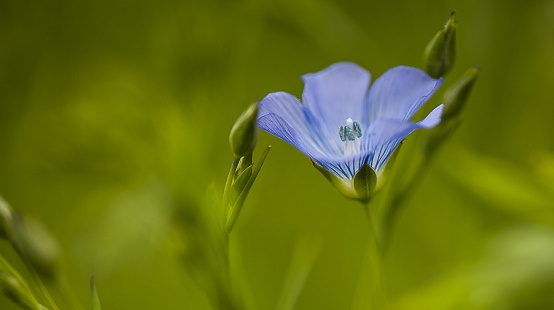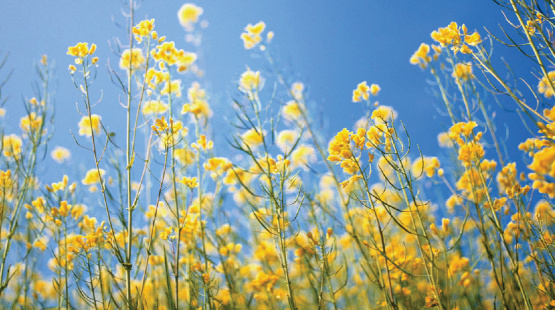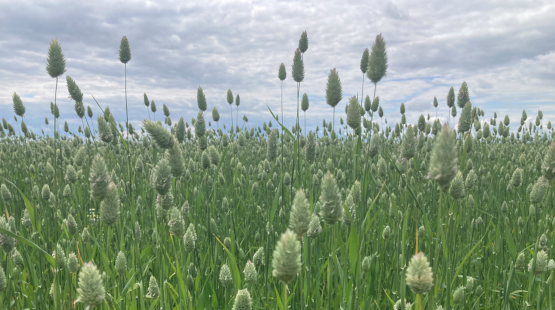HEAR

The UK's most profitable way to grow OSR
The market for Erucic Acid is well-established and demand continues to increase.
The unique properties of HEAR oil and its constituents are irreplaceable in a variety of industrial and food applications, including high temperature lubricants, slip agents, printing ink, cosmetic and consumable spreads.
Many elite varieties are in the breeding programme and being released to continue the improvements for grower production.
Oil profile
HEAR has a different oil profile to '00' Rape. In other respects, it is identical:
Yield ✔ Agronomy ✔ Seed price ✔ Marketing ✔ Movement ✔ FOSFA bonus ✔ Cash flow ✔
The difference is significant HEAR premiums above market price, and no rejections at crush in 10 years!
Spring HEAR
In select seasons with correct growing conditions, we also offer spring HEAR varieties with the same contract options.
OilseedYEN
Premium Crops to proud to sponsor the Oilseed Yield Enchancement Network (YEN) - The network strives to increase industry growing standards through co-operation.
Contracts
Call us on 02392 632883 for the latest contracts available.
All contracts are tailor-made to suit your specific farm practises and needs.










